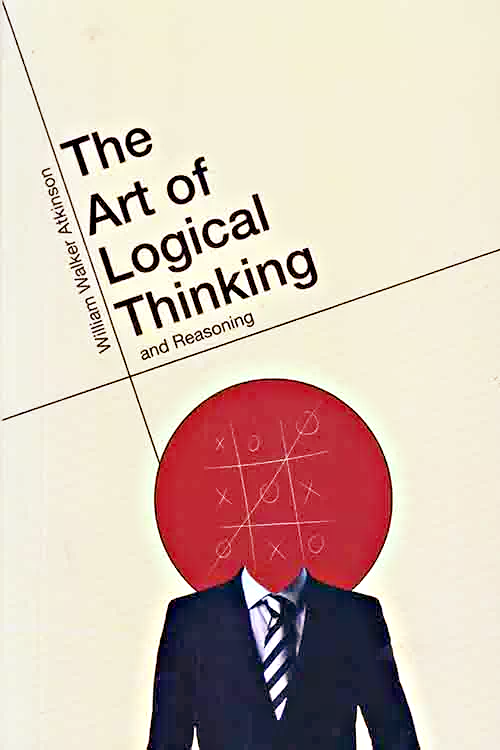The Art of Logical Thinking by William Walker Atkinson is a compelling exploration of logic, reasoning, and rational thought. Originally published in the early 20th century, the book remains surprisingly relevant today, especially for readers eager to enhance their critical thinking and analytical abilities. Atkinson, more widely known for his contributions to the New Thought movement, departs from his usual subjects to present a grounded and methodical approach to logic. He emphasizes how the power of logical thinking has practical applications in our everyday lives—from solving problems to making better decisions and avoiding pitfalls in reasoning.
The structure of the book is carefully designed, starting with foundational principles and advancing towards more complex logical applications. Atkinson opens by highlighting the importance of clear thinking and how logic can prevent confusion and erroneous reasoning. According to Atkinson, logical thinking is less about raw intelligence and more about cultivating disciplined thought processes. He explores key concepts like deduction, induction, and the identification of logical fallacies, guiding readers toward habits that will help them evaluate situations, conversations, and arguments with greater clarity and objectivity.
One of the standout features of The Art of Logical Thinking is its accessibility. Atkinson steers clear of overly academic or technical language, preferring a more conversational tone that appeals to a wide audience. Even those with no formal background in philosophy or logic will find his explanations easy to grasp. Throughout the book, Atkinson uses clear, real-world examples to bring abstract concepts to life, making complex ideas feel intuitive. This approachability positions the book as a valuable resource not just for students or those new to the topic, but also for general readers interested in self-improvement and better decision-making.
However, the simplicity that makes the book so accessible might also be viewed as a limitation. Readers who are already well-versed in the subject may find the discussions on logical principles a bit elementary. Atkinson focuses on the basics, such as the difference between inductive and deductive reasoning, but does not delve into more intricate or advanced topics in formal logic. The absence of deeper analysis on sophisticated theories or modern developments in logic might leave more experienced readers craving further exploration.
Despite these limitations, The Art of Logical Thinking holds enduring value, particularly for its pragmatic approach. Atkinson’s emphasis on the real-world application of logical thinking is both refreshing and timely. In an age marked by misinformation, emotional bias, and an often-overwhelming influx of information, the book serves as a useful guide to navigating complex situations with reason and clarity. His timeless lessons about disciplined thought and clear reasoning remain as applicable today as they were when the book was first written.
Overall, Atkinson’s The Art of Logical Thinking is a worthwhile read for anyone seeking to sharpen their reasoning skills, enhance their decision-making abilities, and develop a disciplined approach to thought. Though it may be more introductory in nature, its emphasis on practicality makes it a valuable resource for readers from all walks of life, whether they are students, professionals, or simply individuals looking to improve their cognitive toolkit.












प्रतिक्रिया